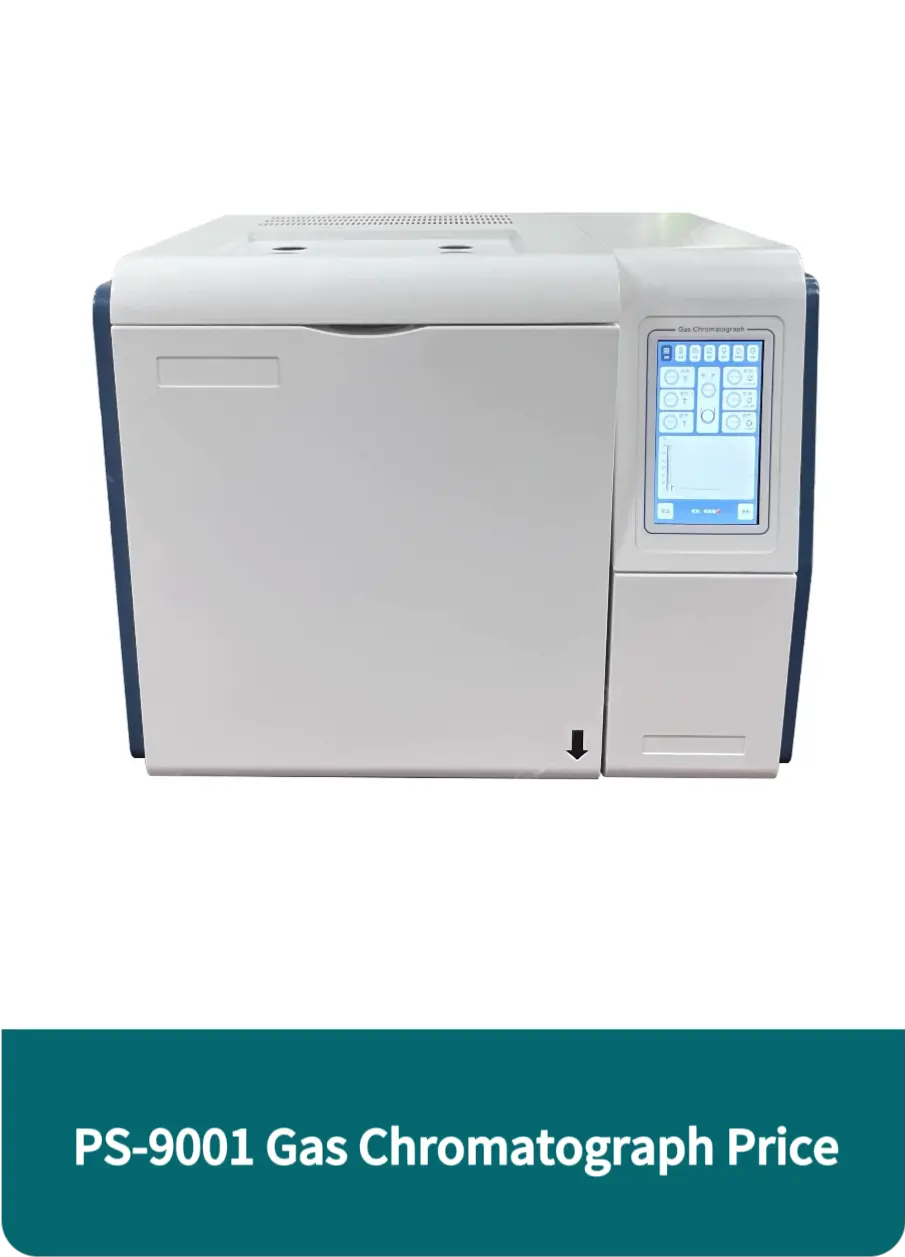 English
English



-
 Afrikaans
Afrikaans -
 Albanian
Albanian -
 Amharic
Amharic -
 Arabic
Arabic -
 Armenian
Armenian -
 Azerbaijani
Azerbaijani -
 Basque
Basque -
 Belarusian
Belarusian -
 Bengali
Bengali -
 Bosnian
Bosnian -
 Bulgarian
Bulgarian -
 Catalan
Catalan -
 Cebuano
Cebuano -
 China
China -
 China (Taiwan)
China (Taiwan) -
 Corsican
Corsican -
 Croatian
Croatian -
 Czech
Czech -
 Danish
Danish -
 Dutch
Dutch -
 English
English -
 Esperanto
Esperanto -
 Estonian
Estonian -
 Finnish
Finnish -
 French
French -
 Frisian
Frisian -
 Galician
Galician -
 Georgian
Georgian -
 German
German -
 Greek
Greek -
 Gujarati
Gujarati -
 Haitian Creole
Haitian Creole -
 hausa
hausa -
 hawaiian
hawaiian -
 Hebrew
Hebrew -
 Hindi
Hindi -
 Miao
Miao -
 Hungarian
Hungarian -
 Icelandic
Icelandic -
 igbo
igbo -
 Indonesian
Indonesian -
 irish
irish -
 Italian
Italian -
 Japanese
Japanese -
 Javanese
Javanese -
 Kannada
Kannada -
 kazakh
kazakh -
 Khmer
Khmer -
 Rwandese
Rwandese -
 Korean
Korean -
 Kurdish
Kurdish -
 Kyrgyz
Kyrgyz -
 Lao
Lao -
 Latin
Latin -
 Latvian
Latvian -
 Lithuanian
Lithuanian -
 Luxembourgish
Luxembourgish -
 Macedonian
Macedonian -
 Malgashi
Malgashi -
 Malay
Malay -
 Malayalam
Malayalam -
 Maltese
Maltese -
 Maori
Maori -
 Marathi
Marathi -
 Mongolian
Mongolian -
 Myanmar
Myanmar -
 Nepali
Nepali -
 Norwegian
Norwegian -
 Norwegian
Norwegian -
 Occitan
Occitan -
 Pashto
Pashto -
 Persian
Persian -
 Polish
Polish -
 Portuguese
Portuguese -
 Punjabi
Punjabi -
 Romanian
Romanian -
 Russian
Russian -
 Samoan
Samoan -
 Scottish Gaelic
Scottish Gaelic -
 Serbian
Serbian -
 Sesotho
Sesotho -
 Shona
Shona -
 Sindhi
Sindhi -
 Sinhala
Sinhala -
 Slovak
Slovak -
 Slovenian
Slovenian -
 Somali
Somali -
 Spanish
Spanish -
 Sundanese
Sundanese -
 Swahili
Swahili -
 Swedish
Swedish -
 Tagalog
Tagalog -
 Tajik
Tajik -
 Tamil
Tamil -
 Tatar
Tatar -
 Telugu
Telugu -
 Thai
Thai -
 Turkish
Turkish -
 Turkmen
Turkmen -
 Ukrainian
Ukrainian -
 Urdu
Urdu -
 Uighur
Uighur -
 Uzbek
Uzbek -
 Vietnamese
Vietnamese -
 Welsh
Welsh -
 Bantu
Bantu -
 Yiddish
Yiddish -
 Yoruba
Yoruba -
 Zulu
Zulu
instrument gas chromatography
Instrument gas chromatography (IGC) is a powerful analytical technique widely used to separate and analyze compounds within a gaseous sample. As a sophisticated evolution of traditional gas chromatography (GC), IGC employs advanced instrumentation and methodologies to enhance the accuracy, efficiency, and sensitivity of component detection in various applications.
At its core, gas chromatography relies on the partitioning of volatile substances between a stationary phase and a mobile phase (the carrier gas). In IGC, the system is equipped with high-resolution detectors, such as flame ionization detectors (FID), thermal conductivity detectors (TCD), and mass spectrometers (MS), which allow for precise identification and quantification of complex mixtures. The choice of detector often depends on the specific requirements of the analysis, whether it be for environmental monitoring, quality control in manufacturing, or research and development in laboratories.
One significant advantage of IGC is its ability to analyze trace components in the presence of dominant matrices. This is particularly crucial in applications like petrochemical analysis, where numerous compounds coexist. IGC can resolve compounds based on their volatility and chemical properties, ensuring that even minute concentrations of a given substance can be detected.
instrument gas chromatography

The process begins with the sample introduction, where the gaseous sample is injected into the chromatography system. As the sample travels through the column packed with a stationary phase, different compounds interact with the stationary phase to varying degrees. This selective interaction leads to the separation of the components based on their retention times. At the end of the column, the separated compounds are directed to the detector, which generates a chromatogram—an output that displays the retention time versus the intensity of the detected signal.
Recently, advancements in IGC technology have led to the development of more robust and user-friendly instruments. Automation in sample handling and data analysis has improved throughput and reproducibility, making IGC a preferred choice in various industries. Additionally, the integration of mass spectrometry with IGC has opened new avenues for identification, offering structural insights into the compounds under investigation.
In conclusion, instrument gas chromatography stands out as a critical tool in the analytical chemistry toolkit
. Its high sensitivity, resolution, and versatility make it invaluable for a broad range of applications—from environmental studies to biomedical research. As technology continues to advance, IGC is expected to evolve further, enabling researchers and industries to glean more detailed insights from complex gaseous samples, ultimately driving innovation in various fields.-
Exploring the Main Types of Industrial Endoscopes and Their Applications Across IndustriesNewsJul.04,2025
-
Testing Equipment Industry Sees Major Advancements in 2025: Smart & Precision Technologies Lead the WayNewsJun.06,2025
-
Applications of Direct Current Generators in Renewable Energy SystemsNewsJun.05,2025
-
Hipot Tester Calibration and Accuracy GuidelinesNewsJun.05,2025
-
Digital Circuit Breaker Analyzer Features and BenefitsNewsJun.05,2025
-
Benefits of Real-Time Power Quality Monitoring Devices for Industrial EfficiencyNewsJun.05,2025



